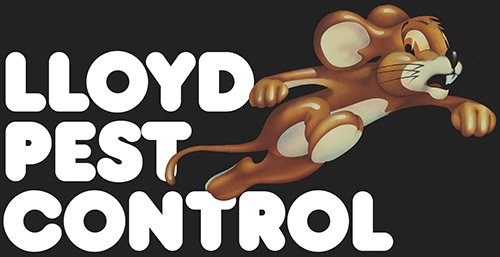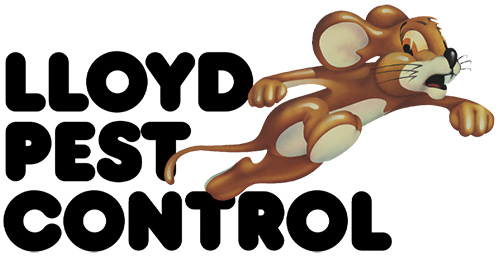The Termites That Live Without Soil
Termites cause costly damage to houses and other structures in Southern California and around the country. Drywood termites pose a unique hazard due to an entirely different set of habits from other termite varieties. Learn more about the dangers to your home or business from the experts at Lloyd Pest Control.
Drywood Termites’ Colonies
This type of termite is different from those that build their colonies underground. Subterranean termites rely on contact with soil to live, but their drywood counterparts require little moisture. They can survive in attics and other wood structures without access to soil. Drywood termites eat wood and cellulose, leading them to dine on delicacies like books, carpet, and wooden structures in your home.
Life Cycle of the Drywood Termite
Nymphs, or young termites, go through four to seven phases, known as instars, as they develop. Instars occur between two molting periods. As adults, they join swarms to create new colonies. Nymphs are responsible for food-gathering while the kings and queens reproduce.
Drywood Termite Dangers
The drywood termite can wreak havoc on a home once it enters through an eave, windowsill, vent, or other opening. One reason a swarm can cause so much damage is its tendency to spread out into multiple rooms. Multiple colonies can exist in a single structure. And without the need for soil, once inside, they really don’t have to leave your home.
Preventing an Infestation
While the subterranean termite can cause expensive structural damage in just six months, the drywood termite takes up to five years to inflict the same amount of harm. Termite damage is usually not covered by home insurance policies. However, you can rely on your local pest-prevention experts to provide thorough termite inspections to help you prevent infestations and avoid out-of-pocket repair expenses. Because drywood termites are slower to damage your home or building, it’s easier to catch an infestation before it’s too late.
Drywood Termite Extermination
Often, the drywood termite goes undetected due to its nocturnal habits. However, if you do see one or more of the following, chances are good that your home is infested.
- Swarmers flying in autumn
- Broken off wings, specifically near the window
- Pellets that look like coarse sawdust
- Blistering of paint
- Wood damage
Whether you want to avoid future infestations, need treatment for an existing infestation, or just want an inspection to stay on the safe side, Lloyd Pest Control can help. Call us today for a drywood termite inspection or service in your Southern California home or business.









